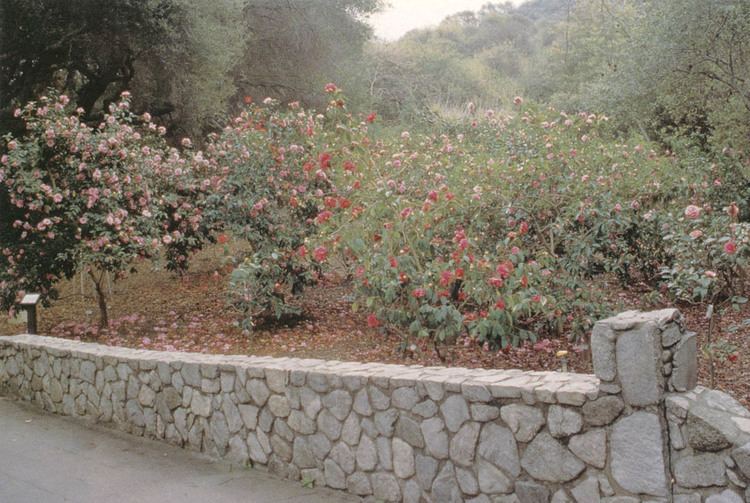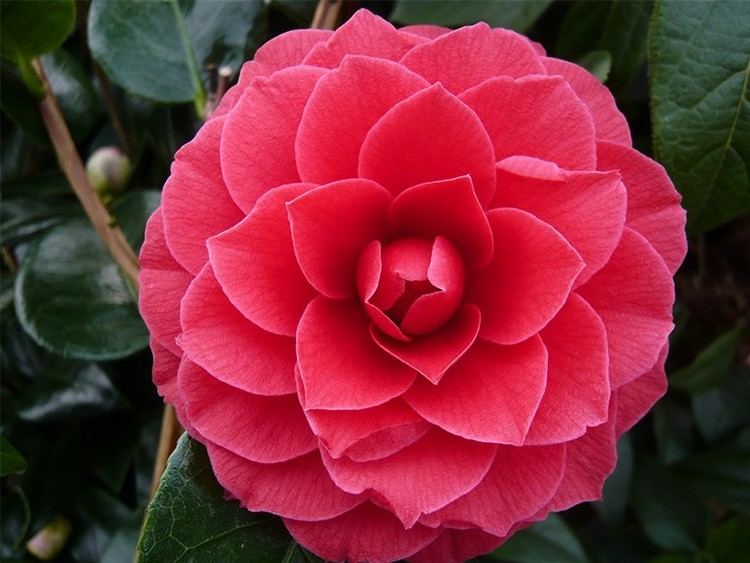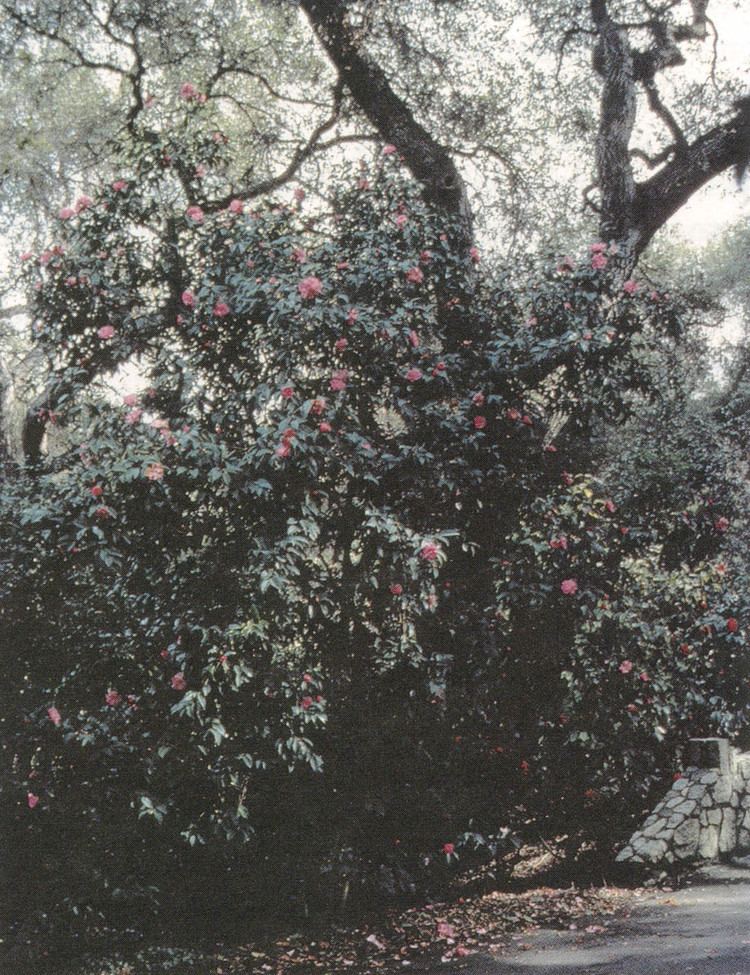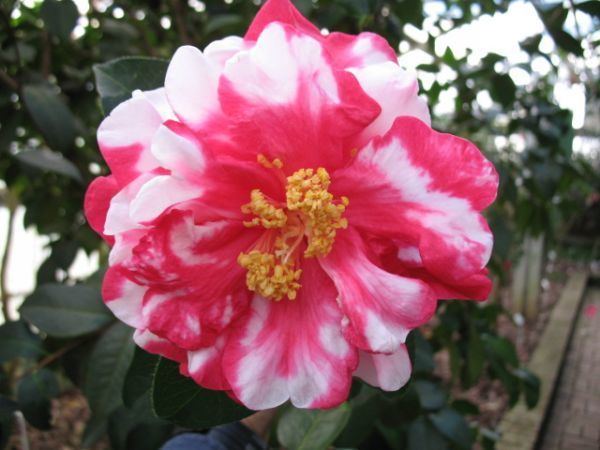Genus Camellia Rank Species | ||
 | ||
Similar Camellia × williamsii, Sasanqua Camellia, Theaceae, Camellia granthamiana, Camellia grijsii | ||
Camellia reticulata (syn. C. heterophylla) is a species of Camellia native to southwestern China, in Yunnan Province. The wild populations are restricted to mixed mountain forest in western and central Yunnan.

It is a loosely branched shrub or small tree, which can grow up to 10 to 15 meters (33 to 49 ft) in height. The leaves are elliptic to oblong-elliptic, 5–11 centimetres (2.0–4.3 in) long and 4–5.5 centimetres (1.6–2.2 in) wide. The flowers are 7–10 centimetres (2.8–3.9 in) in diameter, or larger in some cultivars, soft-pink to deep-pink and rarely almost white, with 5–7 petals or more in some cultivars, and are produced in sub-terminal or axillary positions on the branch. The fruit is a light brown, three-segmented capsule, about 5 centimetres (2.0 in) in diameter that ripens in the fall

Symbolism and uses

It is the floral emblem of Yunnan. It has been cultivated for a long history both for tea oil and for its ornamental value.

In 1820, Captain Richard Rawes of the East Indiaman Warren Hastings imported the first reticulata to England, (named 'Captain Rawes'). It remained the only known reticulata cultivated in Europe for over a century.

